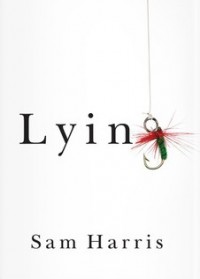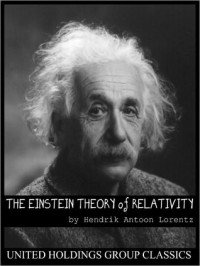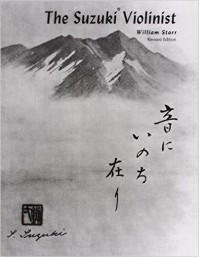CristinaViolina
I'm a violinist who reads everything! Science fiction opens the mind to possibilities, nonfiction opens the mind to knowledge, and art opens the mind to meaning.
Currently reading
-Galileo Galilei
Reading progress update: I've read 35 out of 95 pages.

After reading Letter to a Christian Nation and lending it to a friend, a few days later this same friend lent me another Sam Harris book—this time on the ethics of lying. So far, I agree with his opinion on prioritizing truth above all else—in general, I am an honest person and would much rather tell the truth—but I've realized too much honesty can get me into trouble, so I am looking forward to what he has to say about that as well.
Nadia Boulanger, French composer (1887-1979)
Musical Post: Music is communication too!
Meaning can be sought and glimpsed through many mediums, each a unique, clouded stained glass window into the soul. Books are wonderful, but music and art can communicate too.
Through the month of July I am studying at a chamber music festival where I am surrounded by this wonderful atmosphere of brilliant, caring professors, motivated students, amazing music, and an idyllic Vermont summer. It has allowed me to reflect on the role music plays in my life. I've concluded that music—not books—is the primary medium through which I derive and communicate meaning.
For my chamber music project, I am composing a piece for violin and voice based on Maya Angelou's poem "Caged Bird." I figured with all the recent news surrounding race-motivated killings, this was an appropriate choice for a text (and it also happens to be one of my personal favorites). As a composer, my function is to communicate ideas through sounds, similarly to how a writer uses words. With music, I can add another dimension of the anguish Angelou conveyed, in the form of sound.
Gustav Mahler said, "Where words fail, music speaks." This is why live performances are so important, because a performer communicates with the audience. (In the classical tradition, the performer relays a message written by the composer and conveys it to the audience, interpreting and translating as they go along.)
The ground is fertile with the language of emotion. Let's not forget the role art and music play in communicating ideas!
Progress! 63% finished!


Lorentz's essay is one of the many written explanations out there of Einstein's Theory of Relativity. So far, the language is mostly accessible to the non-scientist, although some background in geometry might be necessary. I admit it's a bit like reading another language, but I am learning a ton regardless. In COSMOS, Neil DeGrasse Tyson also discussed the outdated idea of an "ether" as the substance of space between the celestial bodies, especially between the Earth and the Sun as a medium through which light travels. When this was disproved and an "ether wind" was not found in relation to the movement of the Earth, this was Einstein's response: a theory positing an explanation for the gravitational movement of the celestial bodies relative to each other.
Reading progress update: I've read 32 out of 160 pages.


So far, Suzuki's methods are not what I expected. They are thoughtful, compassionate, and intelligent ways to teach young children. This is not the kind of thing that can be derided for creating violin-playing child robots. Rather, these nurturing teaching methods are sure to result in individual success and happiness, and I look forward to implementing more of these philosophies in my own studio.









